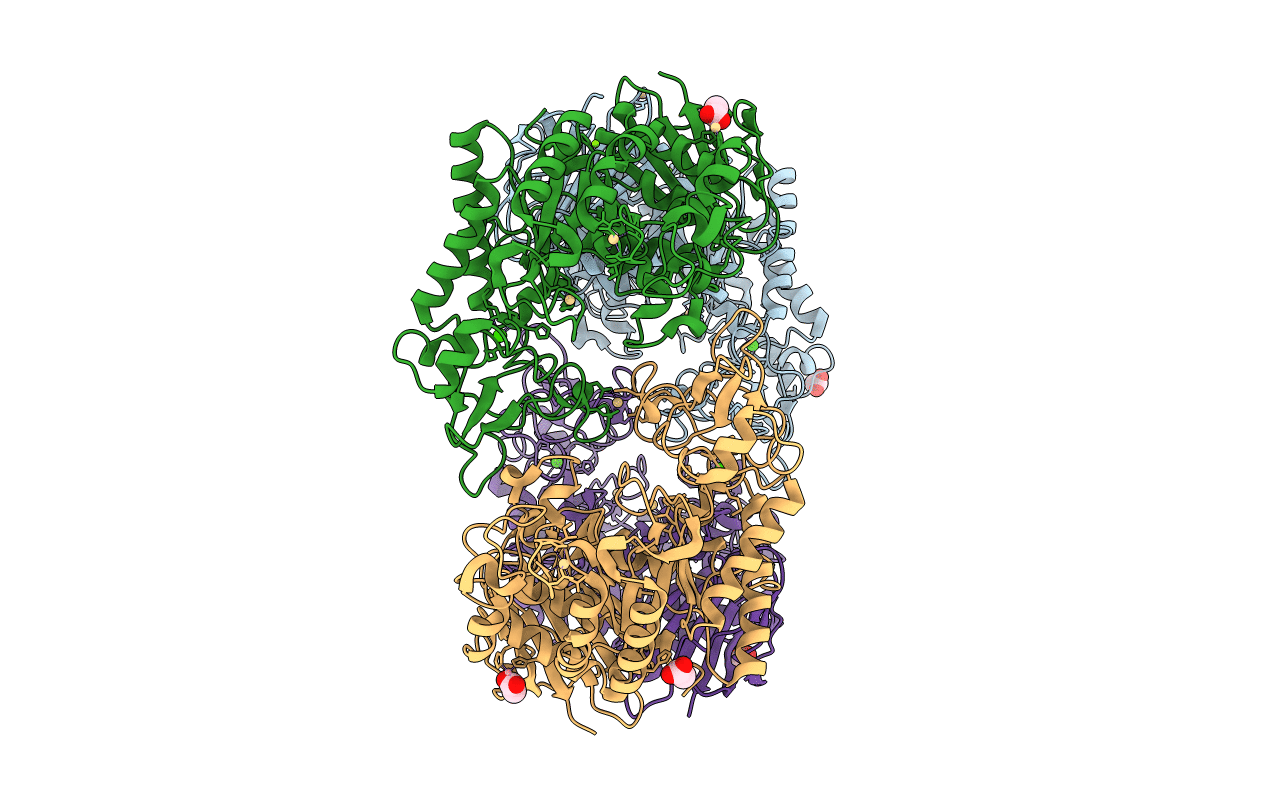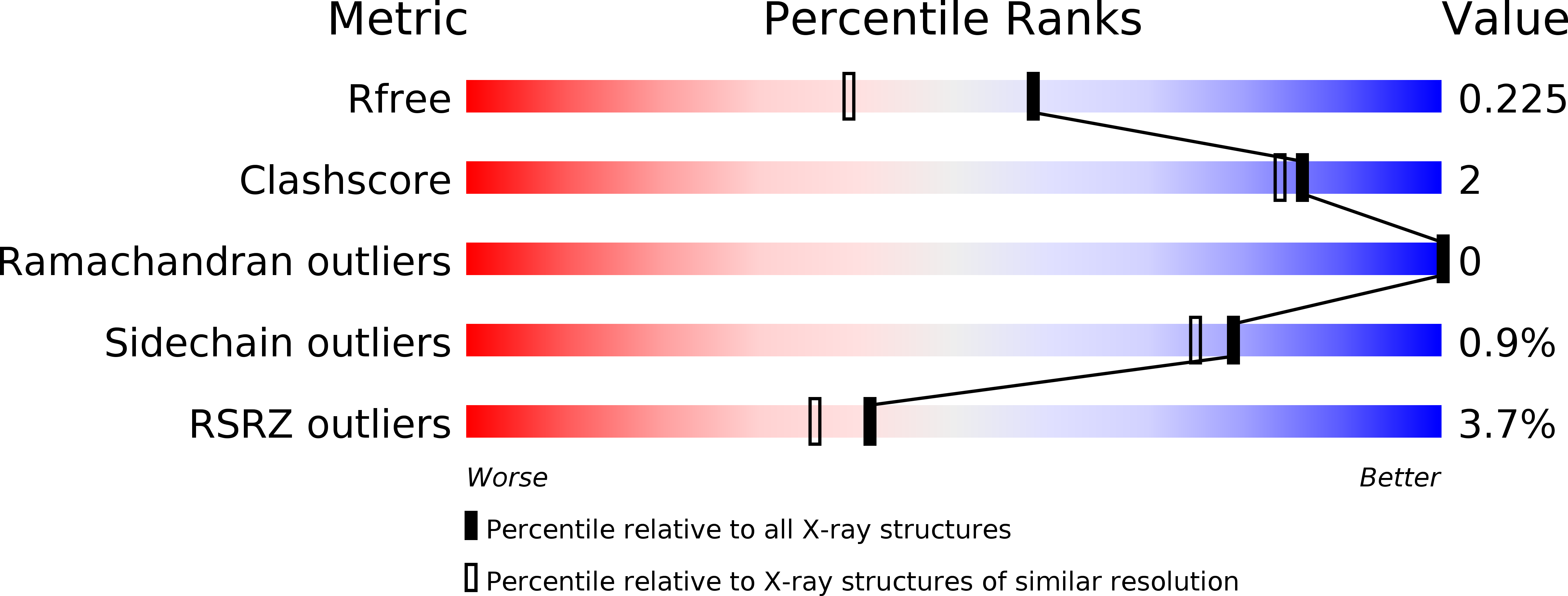
Deposition Date
2019-05-30
Release Date
2019-09-11
Last Version Date
2023-11-22
Entry Detail
PDB ID:
6K5P
Keywords:
Title:
Structure of mosquito-larvicidal Binary toxin receptor, Cqm1
Biological Source:
Source Organism:
Culex quinquefasciatus (Taxon ID: 7176)
Host Organism:
Method Details:
Experimental Method:
Resolution:
1.81 Å
R-Value Free:
0.22
R-Value Work:
0.18
R-Value Observed:
0.18
Space Group:
P 21 21 21


